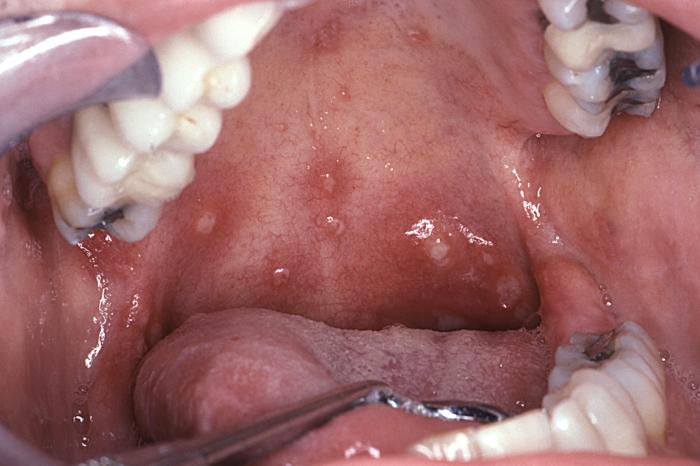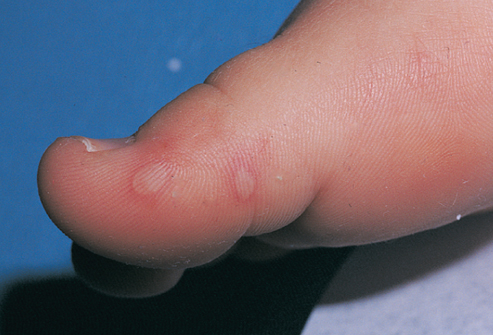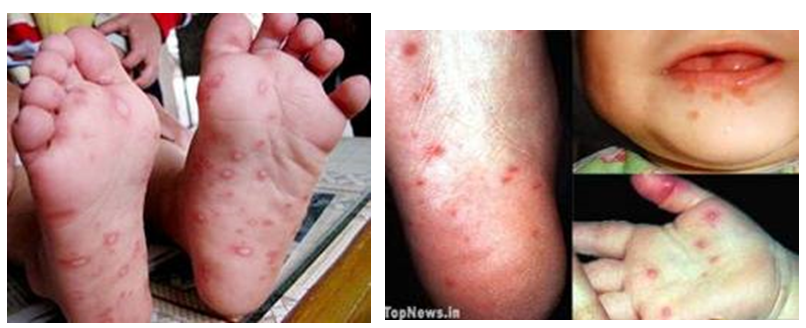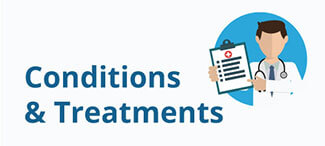WHAT IS HAND, FOOT AND MOUTH DISEASE?
Hand, Foot and Mouth Disease (HFMD) is a viral infection characterized by fever and a typical rash most frequently seen on the palms of the hands, soles of the feet, and inside the mouth.
HFMD primarily affects children younger than age 10, often those under 5 years. Children in child care centres are especially susceptible to outbreaks of HFMD because the infection spreads by person-to-person contact, and young children are the most susceptible. Children usually develop immunity to hand-foot-and-mouth disease as they get older by building antibodies after exposure to the virus that causes the disease. However, it’s possible for adolescents and adults to get the disease
Mouth ulcers
WHAT CAUSES HAND, FOOT AND MOUTH DISEASE?
HFMD is caused by several members of the enterovirus family of viruses. The most common cause is Coxsackie virus A-16; less frequently enterovirus 71 is the infectious agent. The clinical manifestations of HFMD are the same regardless of the responsible virus. However, patients infected with enterovirus 71 are more likely to experience rare complications (for example, viral meningitis, encephalitis or cardiac muscle involvement).
WHAT ARE THE SYMPTOMS?

HFMD is most commonly an illness of the spring and fall seasons (March to May, and September to December). The common incubation period (the time between infection and onset of symptoms) is from three to seven days.
Early symptoms are likely to be fever often followed by a sore throat. Loss of appetite and general malaise may also occur. Between one and two days after the onset of fever, painful sores and blisters may appear in the mouth or throat, or both. A rash may become evident on the hands, feet, mouth, tongue, inside of the cheeks, and occasionally the buttocks (but generally, the rash on the buttocks will be caused by the diarrhoea). The rash is rarely itchy for children, but can be extremely itchy for adults. The sores and blisters usually go away in a week or so.
HFMD is usually a minor illness causing only a few days of fever and relatively mild signs and symptoms. Contact your doctor if mouth sores or a sore throat keep your child from drinking fluids. And contact your doctor if after a few days, your child’s signs and symptoms worsen.
WHAT ARE THE COMPLICATIONS?
The most common complication of HFMD is dehydration. The illness can cause sores in the mouth and throat, making swallowing painful and difficult.
A rare and sometimes serious form of HFMD can involve the brain and cause other complications:
- Viral meningitis: this is a rare infection and inflammation of the membranes (meninges) and cerebrospinal fluid surrounding the brain and spinal cord,
- Encephalitis: this severe and potentially life-threatening disease involves brain inflammation caused by a virus. Encephalitis is rare.
Myocarditis (inflammation of the heart) can also occur though this complication is rare.
Blisters on the hand

Blisters on a toe

HOW IS HFMD DIAGNOSED?
The diagnosis is clinical. Your doctor will likely be able to distinguish hand-foot-and-mouth disease from other types of viral infections by evaluating:
- The age of the affected person,
- The pattern of signs and symptoms,
- The appearance of the rash or sores.
HOW DOES HFMD SPREAD?
The illness spreads by person-to-person contact with an infected person’s:
- Nasal secretions or throat discharge,
- Saliva,
- Fluid from blisters,
- Stool,
- Respiratory droplets sprayed into the air after a cough or sneeze.
HFMD is most common in children in child care settings because of frequent diaper changes and potty training, and because little children often put their hands in their mouths.
Although your child is most contagious with hand, foot and mouth disease during the first week of the illness, the virus can remain in his or her body for weeks after the signs and symptoms are gone. That means your child still can infect others.
Some people, particularly adults, can pass the virus without showing any signs or symptoms of the disease.
Teach all family members to wash their hands often. It is especially important to wash your hands after you change the diaper of an infected child. Don’t let your child share toys or give kisses while he or she is infected. Try to keep mouth and nose covered when your child is coughing and sneezing. Wipe the nose and mouth with disposable tissues.
Typical blisters

HOW IS IT TREATED?
There is no specific treatment for hand, foot and mouth disease. Signs and symptoms of hand, foot and mouth disease usually clear up in seven to 10 days.
- Diet: avoid giving your child citrus, salty, or spicy foods. Also avoid foods that need much chewing. Change to a soft diet for a few days and encourage plenty of clear fluids. Cool drinks, yogurts, desserts, pudding are often well received. Have your child rinse the mouth with clean water after meals.
- Treatment at home: directed at the symptomatic relief of fever and sore mouth and throat. Antibiotics are not indicated for this viral disease. Ibuprofen or Paracetamol may be given when fever is greater than 38°C.
- There is no available vaccine for HFMD.



